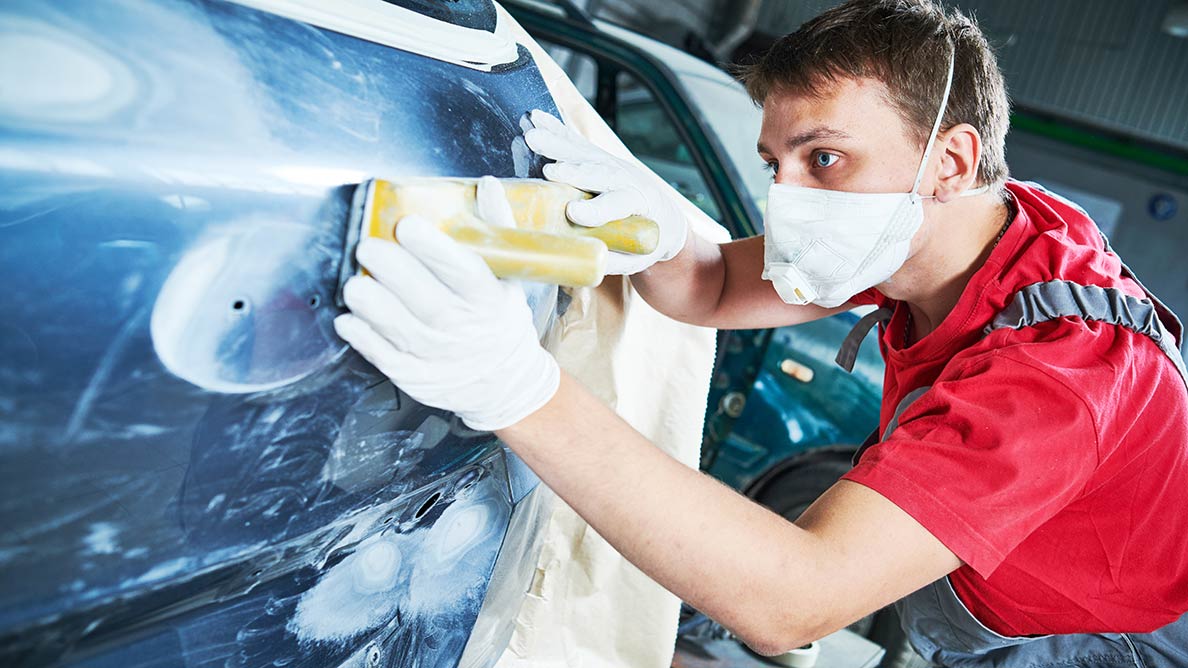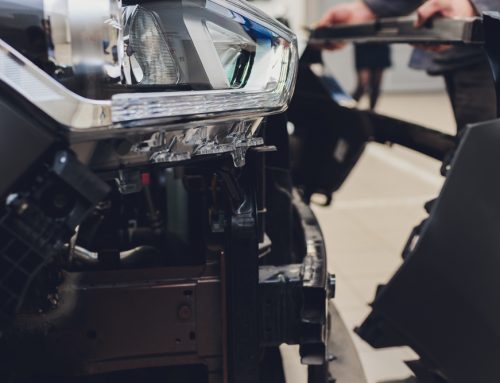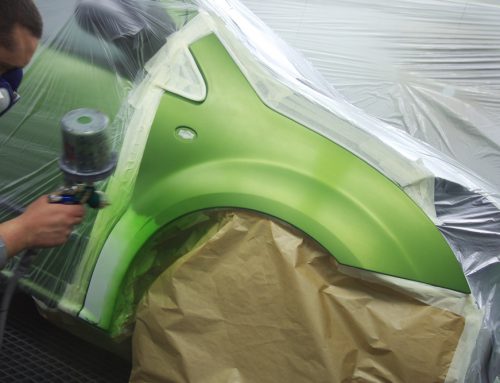It’s autumn 2021 and the labour shortage is in full swing. Even before this endemic labour shortage hit the market, the collision shop world was already suffering from a significant lack of succession.
It’s hard to believe that we now live in a world where if you go for your Sunday afternoon iced coffee at Tim Hortons, you may find the shop closed because that branch simply did not have enough available staff to operate.
Across the country, several shopkeepers in the retail industry have said that due to labour shortage, they would probably have to close on weekends.
It is not just the fault of the federal government’s programs that emptied the ranks of workers during the pandemic. There are other important factors that are well set. Globally, we are experiencing a contraction of the workforce. Simply put, our veterans want to enjoy their retirement and don’t necessarily want to come back to work. Furthermore, our industry is not attracting as many young people as in the past.
Depending on where your shop is located, skilled labour in our field may be scarcer than in a different region. You may certainly get creative and try to hire mechanics to fill the gap in the collision shop since after all, they are not so bad at replacing parts. However, the mechanics sector is also affected by the crisis.
In short, times are tough, and we must make great efforts to be attractive. Now, no matter the reason why your team is losing players, if you succeed in gaining and maintaining stability, there might be an opportunity for you.
When your team was full
Here is an example, if you had 7 productive technicians and you yielded 280 sold hours or less per week, you had probably reached you real potential in terms of productivity and profitability, and in a big way.
Sold hours is probably the most common revenue tractor as a measure of income in collision shops. Therefore, it should be the first consideration.
Example of your 2019 labour income for a collision shop with seven productive technicians.
The math is easy. Let’s say your hourly rate was $65 per hour in 2019 and your team of 7 productive employees produced 280 hours/week, in a 4-week month you earned $72,800 per month.
Today, in 2021, you have 5 productive technicians working and the same hourly rate. Your fixed rates have not changed. Are you going through a financial catastrophe? If there is work to do, the answer is no, far from it. However, you must find a way to do more with less. To do this, it is essential look at the concept of shop performance.
Example of your 2021 labour income for a collision shop with five productive technicians.
Let’s do the math. If, using best practices for performance, you manage to produce 50 hours per technician per week; 5 technicians x 50 hours produced = 250 hours. So, 1000 hours (4-week month) generate a monthly income of $65,000 from your workforce.
For workshops with technicians paid by the hour.
Your variable costs before; if your technicians’ average salary was $25/hour, you probably paid around $31.25/hour with social benefits. If they worked 40 hours a week, for a 4-week month your payroll expenses were $35,000 for your 7 technicians. That a 52% margin on your variable costs, for a total of $37,856.
Your variable costs now; if your technicians’ average salary is now $26/hour, you probably pay around $32.50/hour with social benefits. If they worked 40 hours a week, for a 4-week month your payroll expenses are $26,000 for your 5 technicians. That a 60% margin on your variable costs, for a total of $36,000.
That’s a missing income gap of only $1,856 per month in your pockets to pay for your fixed costs, investments, or profits. This difference is mainly due to the increase in wages in your workshop.
50 produced hours per technician per week is just the beginning.
Honestly, for a shop that is just starting to use best practices, 50 sold hours per technician per week is achievable. If you put in the extra effort by organizing yourself like elites, you can put in between 60 and 70 hours a week and make literally more money than when you had a full team.
Focusing on performance, a mandatory turning point
If your production remains the same as before the labour shortage and you operate with reduced staff, your business may be facing insurmountable problems. Your fixed costs are the same and the cost of living is rising rapidly. If you don’t strategically review your real capacity, you are giving yourself a lot of headaches.
What should be my first focus to make more money with my workforce?
What best practices could you apply right now to increase your weekly produced hours per technician?
- Establish your targets for production, performance, and profitability.
- Communicate with your team.
- Make sure you reach your objectives.
- Do not overload your shop.
- Receive and deliver vehicles every day.
- Make the best possible repair appointments with your clients.
- Always question how you work to improve.
The greatest success factor to be profitable is to have a tool to help apply best practices and to see where the workshop is at.
The best tool on the market is surely ProgiPlanning. It is also the most affordable and user-friendly. You may tell us if you are interested right now by email or by contacting your Progi representative.
Author: Alexandre Rocheleau
Collaboration: Charles Aubry
Editing: Émilie Blanchette
Translation: Sophie Larocque





